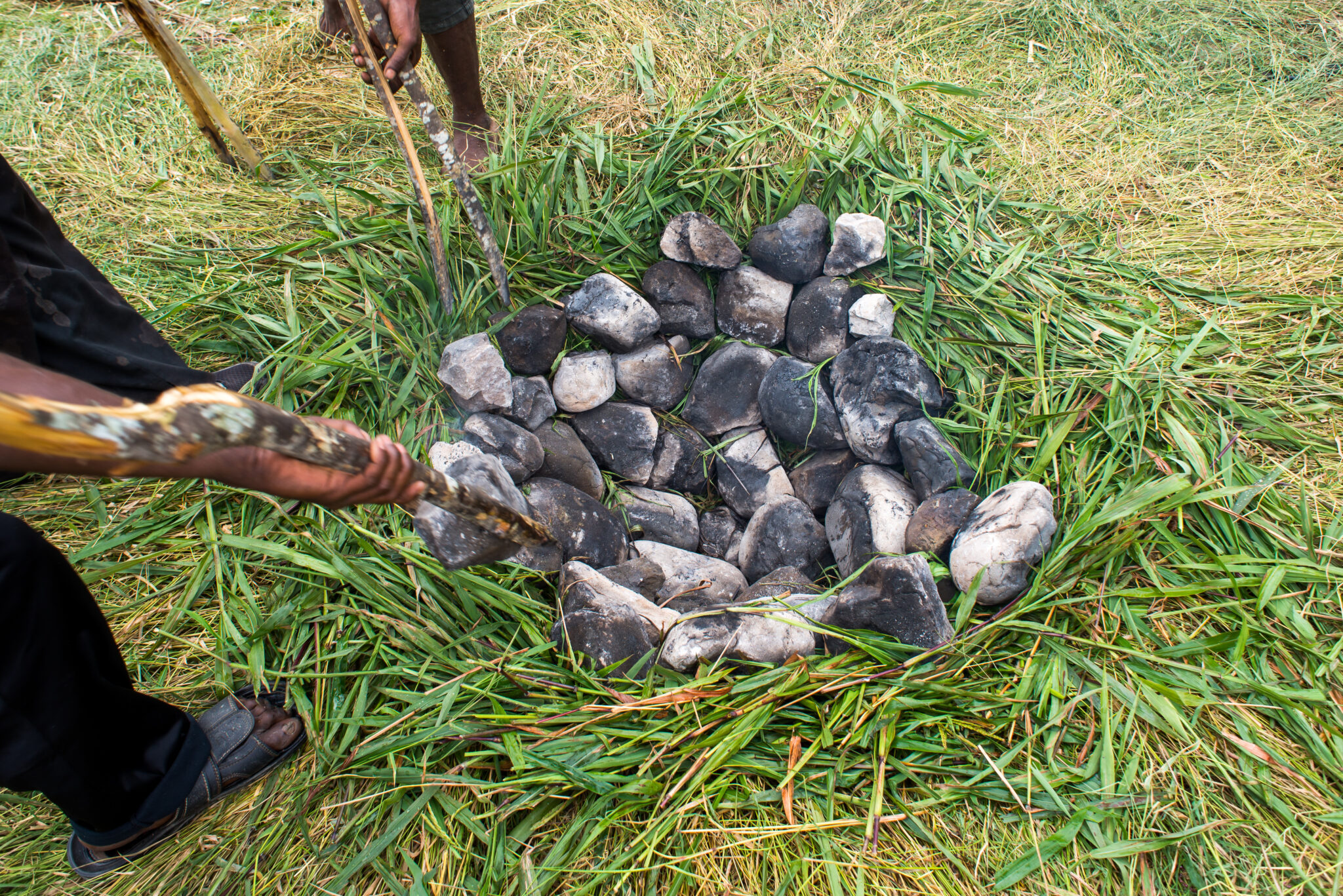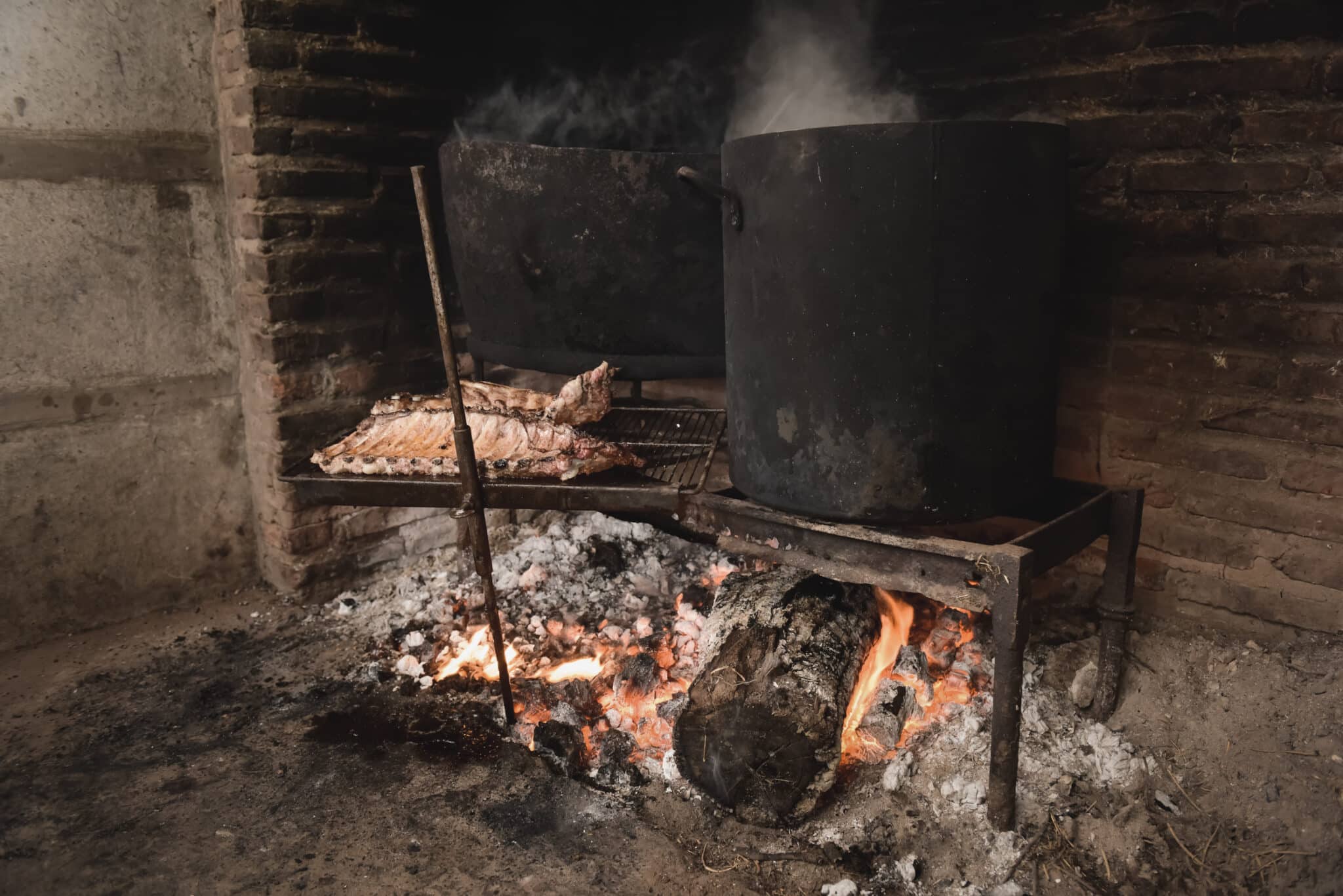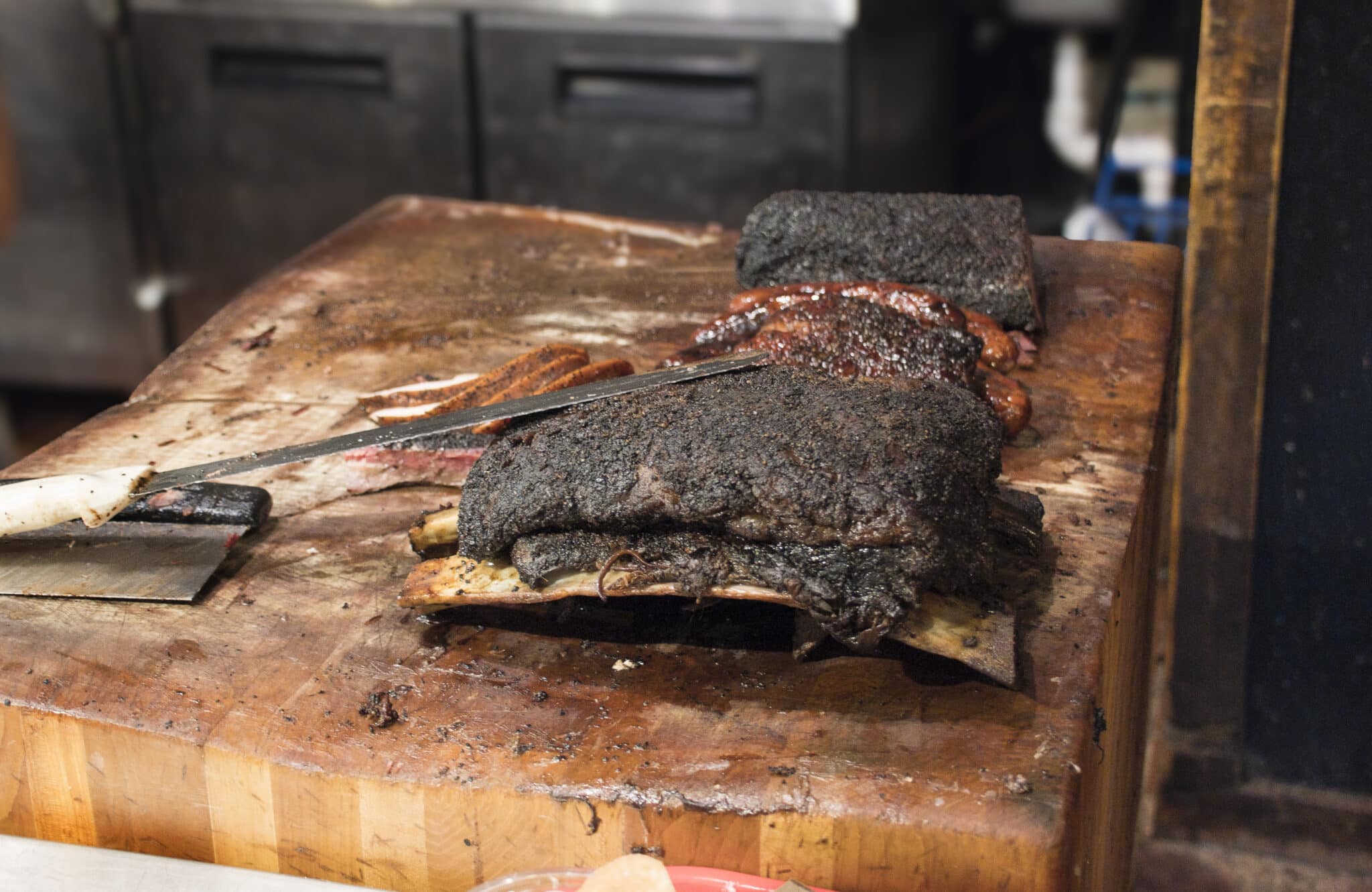The Surprising History of BBQ in Texas: From Indigenous Pits to Mexican Barbacoa
When you think of Texas, it’s hard not to think about barbecue.
Smoky brisket, fall-off-the-bone ribs, sausage, a symphony of sides to choose from. Legendary pitmasters have been cultivating the art of BBQ for years, passing down their secrets for generations. But if you think BBQ in Texas started with cowboys, you’re missing half the story of this tradition’s rich history—and most of its flavor.
The real roots of Texas BBQ stretch far and deep into Indigenous earth ovens, Mexican ranchos, and the communal food traditions that predate the state itself. It’s a history as rich as the bark on a perfectly smoked brisket.
Texas BBQ dates back to Native American traditions

Long before barbecue became a Saturday staple in Texas, Native Americans were slow-cooking meat in earth pits.
Indigenous tribes like the Caddo, Karankawa, and Coahuitecan used long, covered holes layered with hot coals and seasoned wood to cook their meats. These early methods of pit roasting are what laid the foundation for what we now call BBQ.
Using methods that we still use today in places like Mexico, meat was wrapped in leaves, placed over coals, and covered with earth to cook for hours. The result was smoky and deeply communal meals that could be shared.
Today, we honor that spirit of patience and purpose, respecting that while the pit may look different, the ingredients and care for time remain the same. And of course, they pair amazingly with a refreshing Ozarka Spring Water.
Mexican Barbacoa, African, and German influences also played their part

While barbecue is a Texas staple, its origins are as diverse as the many communities that live in the Lone Star State. With influences from Mexico, Africa, and even Germany, the barbecue we know today is a melting pot of techniques and flavors.
Let’s start with Mexican barbacoa. Ask any Texan abuelita and she’ll tell you that long before brisket was king, barbacoa took the crown. Originating in the Caribbean and brought north by Spanish colonists, barbacoa became a culinary staple of Northern Mexico and Southern Texas. Traditionally made with whole heads of beef or lamb, this meat is also cooked underground and slowly steamed over coals, covered with leaves.
In places like the Rio Grande Valley, barbacoa was a Sunday morning tradition, served with tortillas and salsa verde. Over time, barbacoa has migrated from ranchos to roadside stands, its deep flavors connecting with crowds everywhere.
Adding even more layers to the story of Texan barbecue are Black and German traditions. Black Texans, many of whom worked on cattle ranches, became skilled pitmasters after emancipation, popularizing the brisket as we know it today. Their techniques shaped food culture, introducing Southern-style barbecue, many of which were learned on cotton plantations, to Eastern Texan cuisine. They incorporated unique flavors and techniques, such as spices in dry rubs that are still used today.
German and Czech influences, on the other hand, added new ingredients to the mix, such as sausages and smokehouses. They blended their meat-curing traditions with local flavors, giving Texans a wildly diverse and unmistakable edge to their barbecue.
The BBQ we know and love today

The mosaic of Texas barbecue is a constant reminder that it goes beyond the pit. It’s a slow-smoked celebration of the cultures, communities, and cuisines that came together to make Texas what it is today. From earth ovens to offset smokers, barbacoa tacos to brisket plates, barbecue is as Texan as it gets.
And no BBQ spread is complete without something ice-cold to balance the heat. That’s where Ozarka Texas Spring Water comes in—bottled right here in Texas, it’s the refreshment that keeps the party going and the flavors flowing.
So next time you host a backyard BBQ, unwrap a tamal at Sunday lunch, or bite into a plate of brisket, remember: you’re indulging in centuries of flavor, smoke, and history—with a crisp Ozarka Spring Water in hand.




